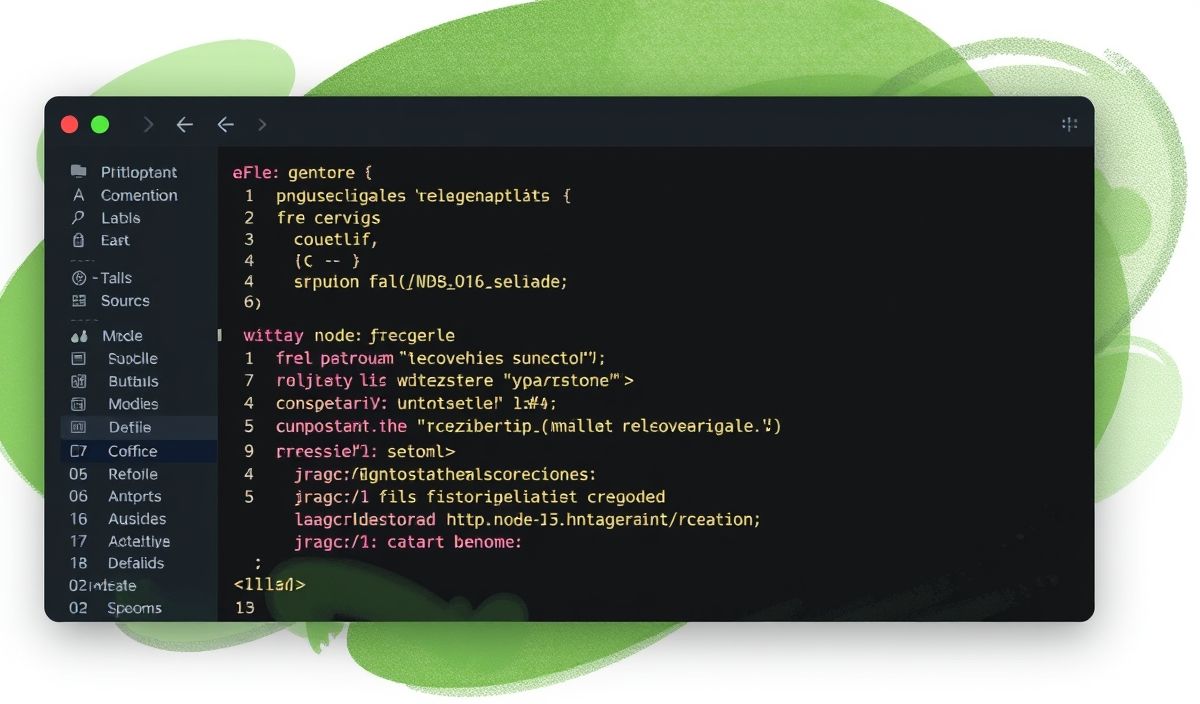Introduction to Appium: A Versatile Tool for Mobile Application Automation
Appium is an open-source automation tool for running scripts and testing native applications, mobile-web applications, and hybrid applications on Android or iOS using a webdriver. It drives iOS, Android, and Windows apps using the WebDriver protocol.
Getting Started with Appium
To start using Appium, you need to install the Appium server and client libraries.
Install Appium Server
npm install -g appium
Install Appium Clients
npm install appium
Running the Appium Server
appium
Once the Appium server is running, you can write test scripts in various programming languages using the Appium client libraries.
Appium APIs with Examples
1. Start a Session
You can start a session using the desired capabilities to configure the automation environment.
const wdio = require("webdriverio");
const opts = {
port: 4723,
capabilities: {
platformName: "Android",
platformVersion: "9.0",
deviceName: "Android Emulator",
app: "/path/to/the/app.apk",
automationName: "UiAutomator2"
}
};
const client = wdio.remote(opts);
2. Find Element
Use different strategies like accessibility id, xpath, id, class name to find elements:
await client.$("~accessibility_id"); await client.$("//android.widget.TextView[@text='Accessibility']"); await client.$("android=new UiSelector().resourceId('android:id/text1')");
3. Perform Actions
Perform various actions such as tap, send keys, swipe:
const el = await client.$("//android.widget.TextView[@text='Accessibility']"); await el.click();
const inputField = await client.$("//android.widget.EditText"); await inputField.setValue("hello world");
await client.touchAction([
{ action: 'press', x: 200, y: 200 },
{ action: 'moveTo', x: 200, y: 800 },
'release'
]);
4. Take Screenshot
Save the screenshot for your reference:
const screenshot = await client.saveScreenshot("/path/to/save/screenshot.png");
App Example
Let’s create an example automation project to launch an app, perform some actions and verify results.
const wdio = require("webdriverio");
const opts = {
port: 4723,
capabilities: {
platformName: "Android",
platformVersion: "9.0",
deviceName: "Android Emulator",
app: "/path/to/the/app.apk",
automationName: "UiAutomator2"
}
};
async function main() {
const client = await wdio.remote(opts);
// Find and click on login button
const loginButton = await client.$("//android.widget.Button[@text='Login']");
await loginButton.click();
// Enter username and password
const usernameField = await client.$("//android.widget.EditText[@resource-id='username']");
await usernameField.setValue("testuser");
const passwordField = await client.$("//android.widget.EditText[@resource-id='password']");
await passwordField.setValue("testpassword");
// Click on submit button
const submitButton = await client.$("//android.widget.Button[@text='Submit']");
await submitButton.click();
// Verify login success
const successMessage = await client.$("//android.widget.TextView[@text='Welcome']");
const isDisplayed = await successMessage.isDisplayed();
console.log(isDisplayed ? "Login Successful!" : "Login Failed");
await client.deleteSession();
}
main();
Appium is a powerful tool for mobile application testing and with these APIs and example, you have a good starting point to automate your app’s testing process efficiently.
Hash: 13adf3e19b4630cefd2fb7a69444794d1400393baa43d3bfa2f6ab77f7c47a69




